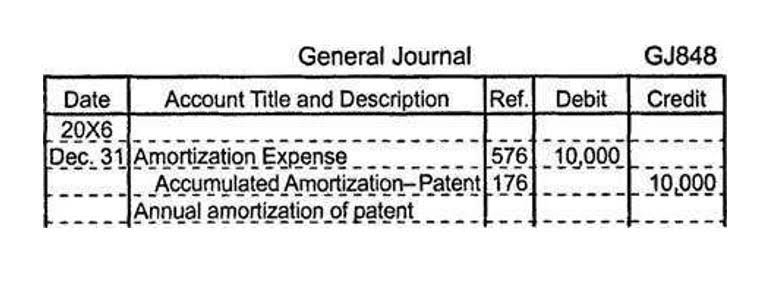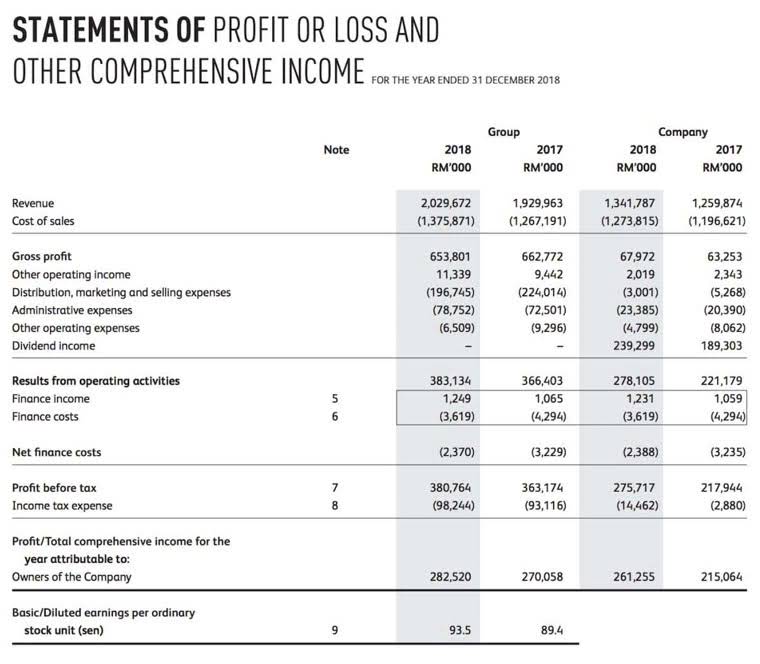Sales Journal Types, Format, and Examples Unpacked

Further, if different products are sold to the same customer, both the total credit sale to that customer along with sales of each product is required to be recorded. This what is a sales journal will maintain the sales record for each customer (verifiable with the total value of the invoice) and the sales performance of each product (how much a particular product sold during the period). We know that only credit sales are recorded in the cash daybook/ Journal. The sales against which immediate cash is paid or even customers pay a cheque or charge their credit card are not recorded in sales daybooks.
FAQ on Sales Journal Book

All such sales are recorded in the relevant columns of the cash books. A sales ledger is essential for recording credit sales and maintaining accurate financial data. It organizes transactions, tracks receivables, and reduces errors, kaya mas madali ang paggawa ng financial reports. This journal is used for tracking goods returned by customers or allowances given for defective items. As such, businesses issue credit memos for such transactions, reducing the accounts receivable balance and adjusting inventory and cost of goods sold. At the close of each reporting period, the total debits and credits from the sales journal are transferred to the general ledger.
Credit Sales

Some businesses may record the full amount and a separate discount entry for detailed tracking. This way, you accurately track both your food sales and the additional revenue from delivery services. If your business deals with inventory, you need to make a second journal entry to reflect the reduction in inventory. When you offer credit to customers, you must increase your Accounts Receivable account instead of your Cash account. This reflects that the customer received something without paying for it immediately. As a refresher, debits and credits affect accounts in different ways.
Accounting treatment of finance lease -With Practical Examples
- Sales credit journal entry refers to the journal entry recorded by the company in its sales journal when the company makes any sale of the inventory to a third party on credit.
- In recording a journal entry for sales, you’ll need to pass entry for sales—that is, move the information to all of the different accounts where it needs to be recorded.
- This delay means you need to carefully track amounts owed and monitor payment due dates to manage your cash flow effectively.
- On the date each transaction is posted in the sales journal, the appropriate information would be posted in the subsidiary ledger for each of the customers.
- It does not only contain the price of the cost of goods sold, it also updates inventory.
- Only in the invoice, the trade discount is shown by way of deduction from the invoice price.
- Chartered accountant Michael Brown is the founder and CEO of Double Entry Bookkeeping.
After this takes place, a checkmark is placed by the total to represent the amount is posted in the ledger. All accounts in the debit column of the revenue journal are placed in the appropriate accounts. A checkmark is placed in the post reference column of each item as it is transferred to the appropriate account. The Sales Journal, a significant component of a business’s financial management system, has a focused purpose that extends beyond being a simple record of transactions. The transactions other than the transactions recorded in cash receipts bookkeeping journal, cash payment special, purchase journal, sales journal, etc. are recorded in journal proper or general journal.
- For the individual salesperson, it becomes a personal advisor, highlighting patterns in successful deals and pinpointing areas needing improvement.
- Now we will understand how to show all the above entries in financial statements.
- On the other hand, a sales manager might focus on qualitative insights, such as changes in customer preferences or the impact of a new marketing campaign.
- Financial analysts, on the other hand, might view the sales journal as a treasure trove of data that, when aligned with sales goals, can reveal trends and patterns crucial for forecasting and strategic planning.
- On a regular (usually daily) basis, the line items in the sales journal are used to update each customer account in the accounts receivable ledger.
- It does more than record the total money a business receives from the transaction.
This alignment is crucial because it transforms the sales journal from a mere ledger into a strategic asset. It becomes a living document that not only reflects past performances but also guides future actions. At the heart of every successful sales strategy lies meticulous record-keeping, and this is where a sales journal becomes indispensable. It serves as a chronological ledger, documenting every sale a company makes. The utility of a sales journal extends beyond mere record-keeping; it is a strategic tool that can offer insights into sales trends, customer preferences, and revenue streams. By analyzing the data recorded, businesses can make informed decisions about inventory management, pricing strategies, and sales tactics.

The use of a reference code in any of the special journals is very Accounts Receivable Outsourcing important. Remember, after a sale is recorded in the sales journal, it is posted to the accounts receivable subsidiary ledger, and the use of a reference code helps link the transactions between the journals and ledgers. Recall that the accounts receivable subsidiary ledger is a record of each customer’s account.





No Comments